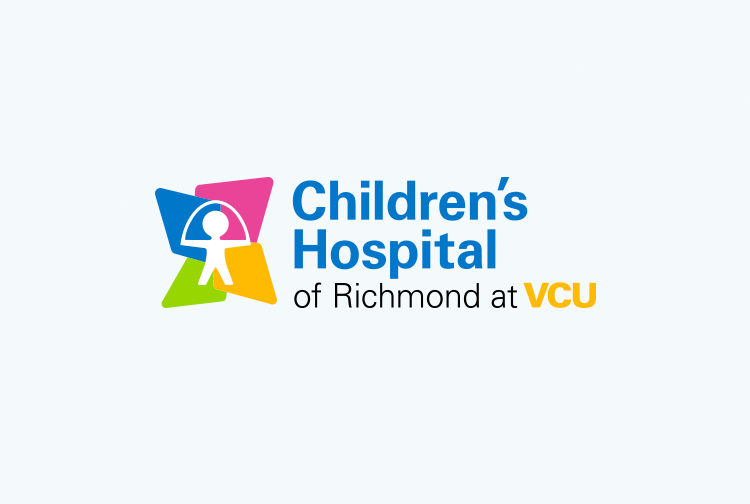
As the parent of a child with growing pains, I know it can be troublesome when a child wakes up multiple times in the middle of the night with pain in their legs. Here’s information about this common childhood issue and what you can do to help:
What are growing pains? Are they real? What is happening within a child’s body that causes growing pains?
Growing pains were first described in 1823 by a French physician, Marcel DuChamp. We don’t really know that “growing pains” are caused by growing, but since they occur in growing children, and we don’t know what the cause is, they have been named as such. There have been attempts to associate growing pains with causes such as flatfeet, increased levels of zinc or lead, or decreased levels of magnesium and copper, but none of these have been fully validated.
.jpg)
What is the age range typically affected by growing pains?
Growing pains are the most common cause of recurrent pain in kids between the ages of 4 and 6, but they frequently occur in younger and older kids as well.
What part of the body do growing pains typically affect? Is there a certain time of the day or night when this type of pain is most likely to occur?
In most cases, growing pains occur during the evening and nighttime up to a few times a week without pain in between. Pain may occur in both legs at different times and is most commonly found in the calf muscles, shins and back of the knee. Growing pains usually get worse the more active the child is.
How do growing pains differ from other similar types of pain (strains, arthritis, etc.)? What signs should parents look for that indicate it may be a more serious issue?
There is nothing on any test that can diagnose growing pains so it is a bit elusive and really more of what we call a “diagnosis of exclusion” which means there are no tests specifically for the problem, but other disorders may need to be ruled out by negative tests. There are also no physical exam findings specific to growing pains, although some kids may have tightness in their muscles.
Unlike some other conditions, the pain associated with growing pains typically gets better with massage or muscle stretches (see below for details). If a child has more persistent night pain, pain that continues during the day or increases in severity, pain that has swelling associated with it or pain that involves only one leg, it is unlikely to be growing pains and seeing a doctor is recommended.
Can you share some tips on preventing growing pains?
We don’t really try to prevent growing pains, but if they start occurring stretching the quadriceps (front and side thigh muscles), hamstrings (tendons and muscles in the back of the knee) and gastroc-soleus muscles (muscles in the back of the lower leg and heel) before bedtime is the best way to decrease the pain or frequency. Below are some stretches that may help. Have your child stretch gradually staying in “hold” position for 30 seconds or more.
- Hamstrings: Sit and reach for toes with back straight and head up. Hold and have someone gently push on your back.
- Adductors (thigh muscles): Sit with legs bent, knees out to the sides and soles of feet touching each other. Bring knees toward ground. Hold.
- Heel cords: Stand 2-3’ from the wall with one leg in front of the other (back leg straight and front leg bent). With hands against wall, lean forward with hips straight until you feel a slight pull at your calf. Hold.
- Quadriceps: From a standing position, bend right knee, hold foot behind you with right hand, and pull foot back toward lower back while hip moves back. Hold. Repeat with other side.
Can you share tips for how to minimize a child’s pain when growing pains occur?
The best treatment is gentle massage (gently kneading or rubbing the muscles/joints in the area where pain is occurring) and the stretching recommended above.
Exercises contributed by Lucille M. O’Neil, Physical Therapist
Orthopaedic care
The orthopaedic team at CHoR provides evaluation, diagnosis and treatment for a full range of orthopaedic issues ranging from broken bones to complex bone and muscular conditions present from birth. Our orthopaedic team also works closely with sports therapy teams at our six therapy centers to provide rehabilitation for young athletes. For more on orthopaedic care, visit chrichmond.org/ortho.
Related topics
Broken bones: How do you know when it’s more than just a bump or bruise?
Intoeing in the early years
Trampoline safety tips
References:
Evans, Angela. Growing pains: contemporary knowledge and recommended practice. J Foot Ankle Res. 2008; 1: 4. Growing pains: contemporary knowledge and recommended practice. Published online 2008 Jul 28. doi: 10.1186/1757-1146-1-4 PMCID: PMC2553776
